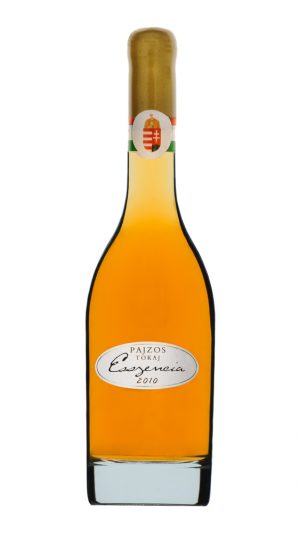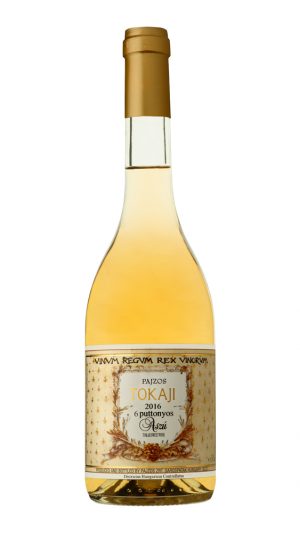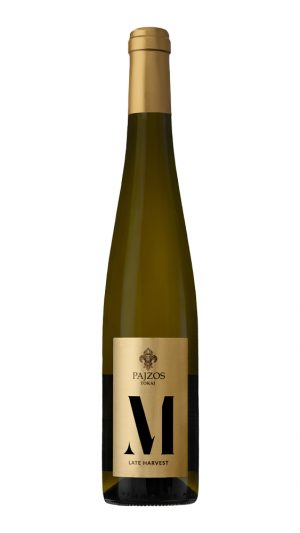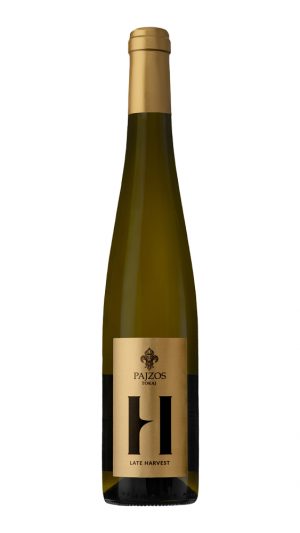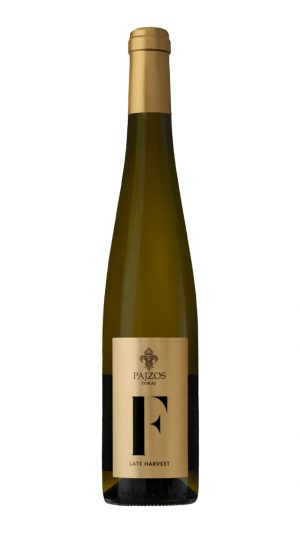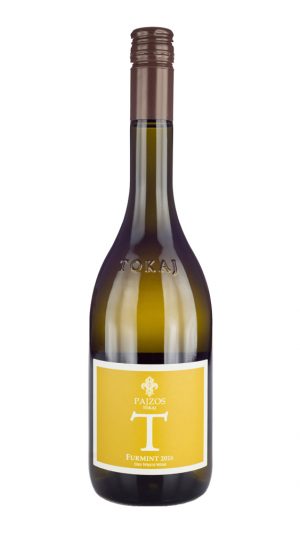Chateau Pajzos Furmint Icewine 2003
Type: Sweet
Country: Hungary
Region: Tokaji
Grape Variety: 100% Furmint
Alcohol Percentage: 9%
Viticulture: Vegan Friendly
Climate: The region lies in the middle of Europe, at the northern limits of viticulture with late springs, very hot summers and cold winters. In the autumn it is pleasantly warm during the day, but it can be very cold and misty at nights, making the perfect conditions for the development of Botrytis
Ageing: Grapes harvested at a temperature between -8 to -10 degrees celsius. Fermentation in stainless steel tanks and aged for 2 years in the bottle. Only 1,500 bottles are produced
Color: Shiny gold
Nose: Beautiful aromas of peaches, pears and chamomile
Palate: Sweet, buttery and fresh. Well balanced with crisp acidity over an elegant finish of citrus and candied fruit
About the Winery:
Hungarian Tokajis were historically among the most highly prized wines in the world. Long before Sauternes, they graced the tables of European elites and connoisseurs. In the summer of 1991, the late Jean-Michael Arcaute and Jean-Louis Laborde launched the Renaissance of Tokaji. They led a group of 12 wine lovers and acquired Château Pajzos, carrying out the same year the first “private enterprise” harvest and vinification. Today, the 100ha Domaine (55ha of vineyards) is under the sole ownership of the Laborde family, who also owns Château Clinet in Pomerol.
The estate is located in the heart of the Tokaji region, on slopes surrounding the famous wine village of Sárospatak. It was long acknowledged for having one of the finest vineyards of the region. Its volcanic, rocky soils ensure that the native varieties – Furmint, Muscat, Hárslevelu and Zéta – are both rich in natural acidity and concentration and the location between the Bodrog and Tisza rivers makes it ideal for attaining noble rot, indispensable for producing the sweet Aszú wines.
The property is managed by Ronan Laborde and his winemaking team. In recent years, they optimized the vineyard to enhance the development of botrytis, essential for Aszú wines. They changed their pruning method to single guyot in order to reduce yields and advance ripening. Depending on the moisture content of the soil, it is either ploughed or left un-tilled; nets are placed in the fall over the botrytis-affected grapes to prevent them from being eaten by animals.


